LED Innovations: In 2025, LED innovations are transforming the way we light our homes, offices, and cities. These advancements not only offer brighter and smarter lighting solutions but also contribute significantly to energy conservation and environmental sustainability.
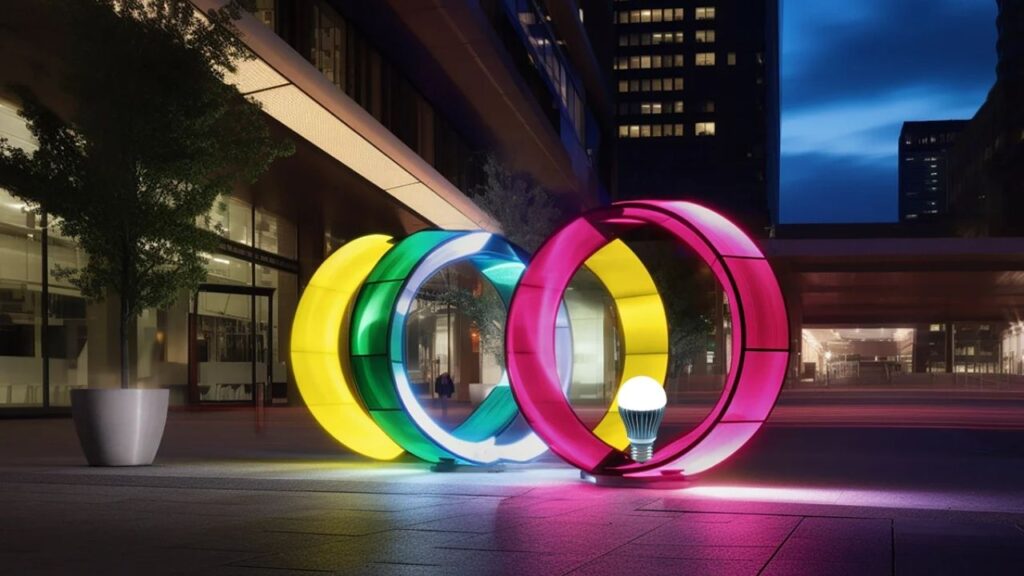
Whether you’re a homeowner aiming to reduce electricity bills or a business striving for sustainability, understanding the latest in LED technology is essential.
Table of Contents
LED Innovations
| Feature | Details |
|---|---|
| Energy Efficiency | LEDs use up to 90% less energy than incandescent bulbs. |
| Lifespan | Last up to 25 times longer than traditional lighting. |
| Market Growth | Global LED lighting market projected to reach $94.5 billion in 2024. |
| Smart Integration | Increasing adoption of smart LED systems with IoT capabilities. |
| Environmental Impact | Potential to reduce CO₂ emissions by 200 million metric tons annually by 2025. |
| Official Resources | U.S. Department of Energy – LED Lighting |
Embracing LED innovations is a smart move for anyone looking to enhance lighting quality, reduce energy consumption, and contribute to environmental sustainability. With advancements in smart technology and human-centric design, LEDs are poised to illuminate our future in more ways than one.
Understanding LED Technology
What Are LEDs?
Light Emitting Diodes (LEDs) are semiconductor devices that emit light when an electric current passes through them. Unlike traditional bulbs, LEDs do not rely on heating a filament, making them more energy-efficient and durable.
How Do LEDs Save Energy?
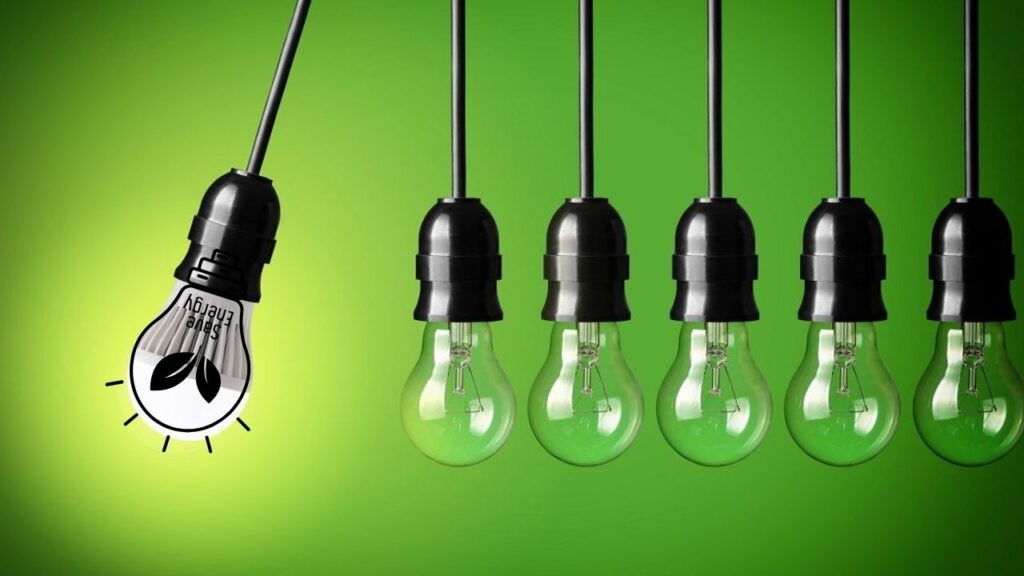
LEDs convert a higher percentage of electricity into light, resulting in less energy waste. This efficiency translates to lower electricity bills and reduced environmental impact.
Advantages of LED Lighting
1. Energy Efficiency
LEDs consume significantly less power, leading to substantial energy savings. For instance, replacing incandescent bulbs with LEDs can save about $225 annually on energy bills.
2. Longevity
With a lifespan of up to 25,000 hours, LEDs reduce the frequency of replacements, saving time and maintenance costs.
3. Environmental Benefits
LEDs contain no hazardous materials like mercury and have a smaller carbon footprint. Their widespread adoption could reduce global CO₂ emissions by 200 million metric tons annually by 2025.
4. Enhanced Lighting Quality
Modern LEDs offer better color rendering and brightness control, improving visual comfort and ambiance in various settings.
Innovations in LED Lighting
Smart LED Systems
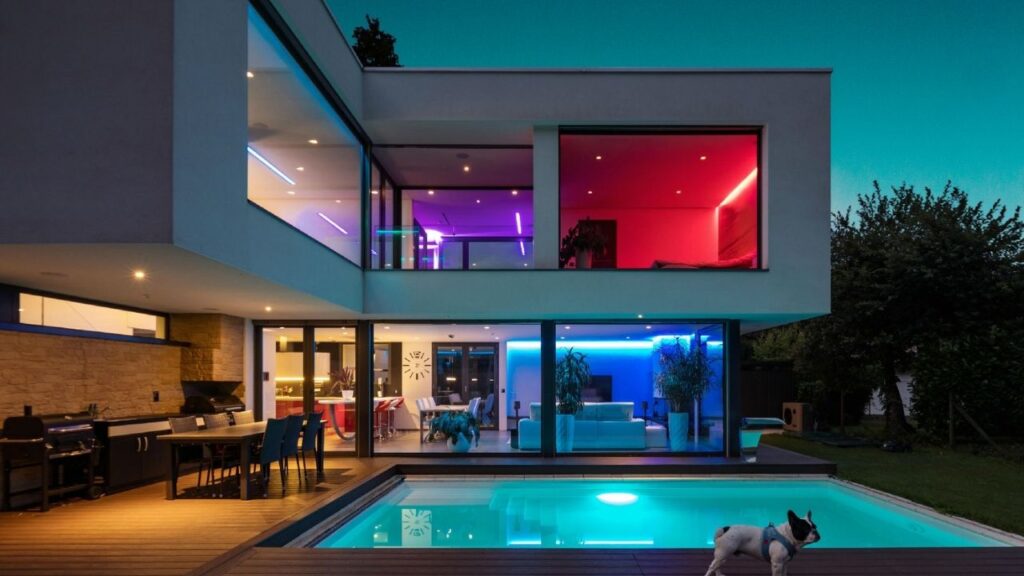
Integration with smart home technologies allows users to control lighting remotely, set schedules, and adjust brightness and color temperatures. Features like Wi-Fi and Bluetooth-enabled LED bulbs, compatibility with voice assistants like Alexa and Google Assistant, and adaptive lighting that adjusts based on the time of day enhance convenience and energy efficiency.
Human-Centric Lighting
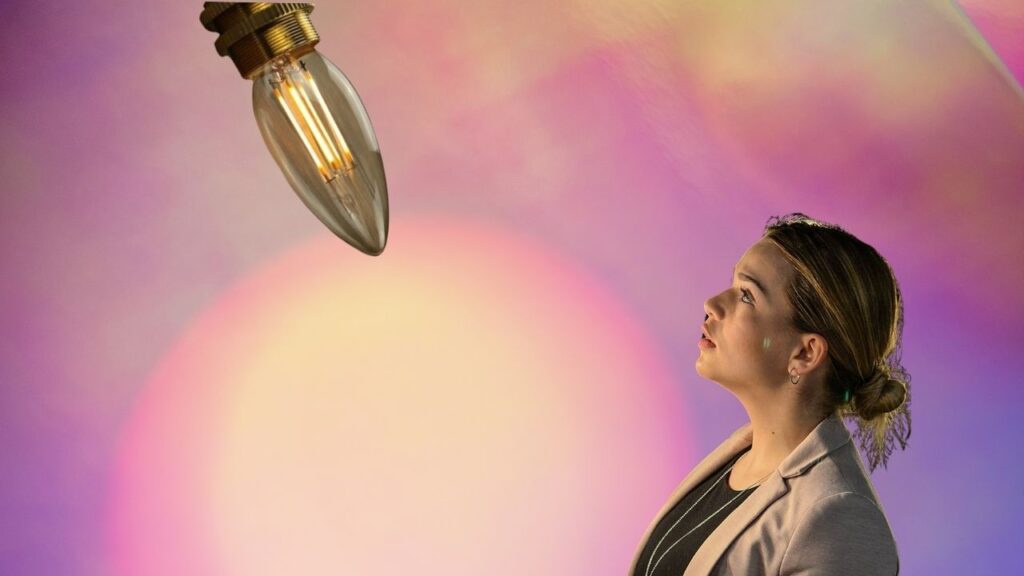
Advancements in LED technology have led to better color rendering and a wider range of color temperatures, making LEDs suitable for various applications, from residential to commercial and industrial settings. The ability to engineer the spectral composition of white light allows for lighting that positively contributes to human health and well-being.
Sustainable Design
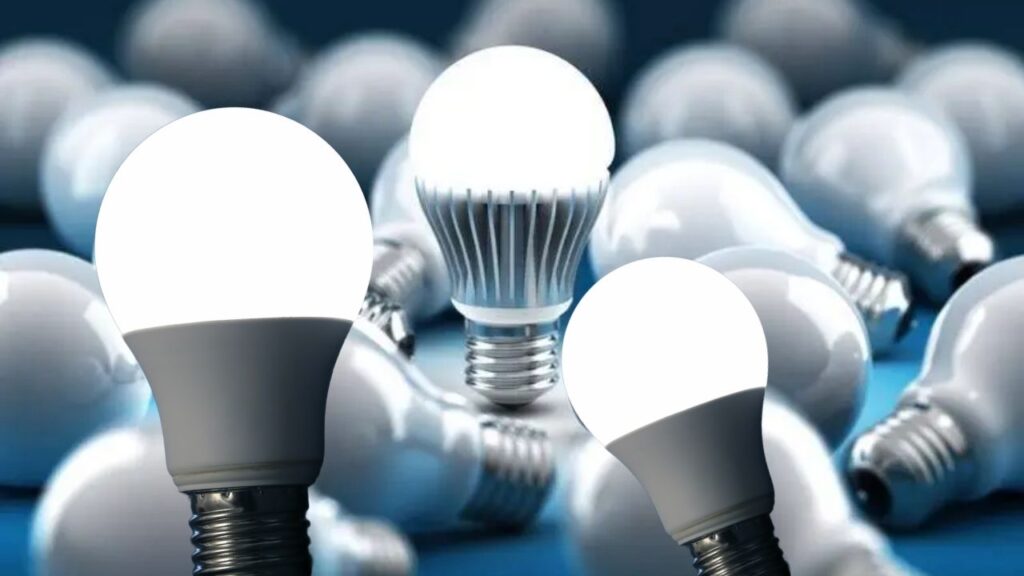
LEDs do not contain hazardous materials like mercury, which is found in some other lighting options. Their energy efficiency also means fewer power plants need to be operated, reducing overall environmental impact. Moreover, the long lifespan of LEDs means fewer bulbs are produced, reducing the amount of resources used for manufacturing, packaging, and transportation.
Practical Tips for Transitioning to LED Lighting
- Assess Your Current Lighting: Identify areas where lighting is used most frequently and consider starting your LED transition there.
- Choose the Right LED Bulbs: Look for ENERGY STAR-rated products to ensure quality and efficiency.
- Consider Smart LEDs: For added convenience and control, opt for smart LED bulbs compatible with your home automation systems.
- Calculate Potential Savings: Use online calculators to estimate energy savings and return on investment when switching to LEDs.
LED Lighting Market Trends
The global LED lighting market is experiencing significant growth, with projections estimating it will reach $94.5 billion in 2024. This growth is driven by increased demand for energy-efficient lighting solutions and advancements in smart lighting technologies.
In the Asia Pacific region, the LED lighting market is expected to grow from USD 19.26 billion in 2024 to USD 29.10 billion by 2030, with a CAGR of 7.12%.
Smart Materials: How Responsive Technologies Could Redefine Daily Life
How Advanced Materials Are Making Flexible Electronics a Reality
Sustainable Tech: 5 Innovations That Could Make IT Environmentally Friendly
FAQs About LED Innovations
Q1: Are LEDs more expensive than traditional bulbs?
A1: While the initial cost of LED bulbs may be higher, their energy efficiency and longer lifespan result in lower overall costs over time.
Q2: Can LEDs be used with dimmer switches?
A2: Yes, but ensure the LED bulb is labeled as dimmable and compatible with your dimmer switch to avoid performance issues.
Q3: Do LEDs emit heat?
A3: LEDs emit very little heat compared to incandescent bulbs, making them safer and more efficient.
Q4: Are there LED options for all types of fixtures?
A4: Yes, LEDs are available in various shapes and sizes to fit most fixtures, including recessed lights, chandeliers, and outdoor lighting.



















